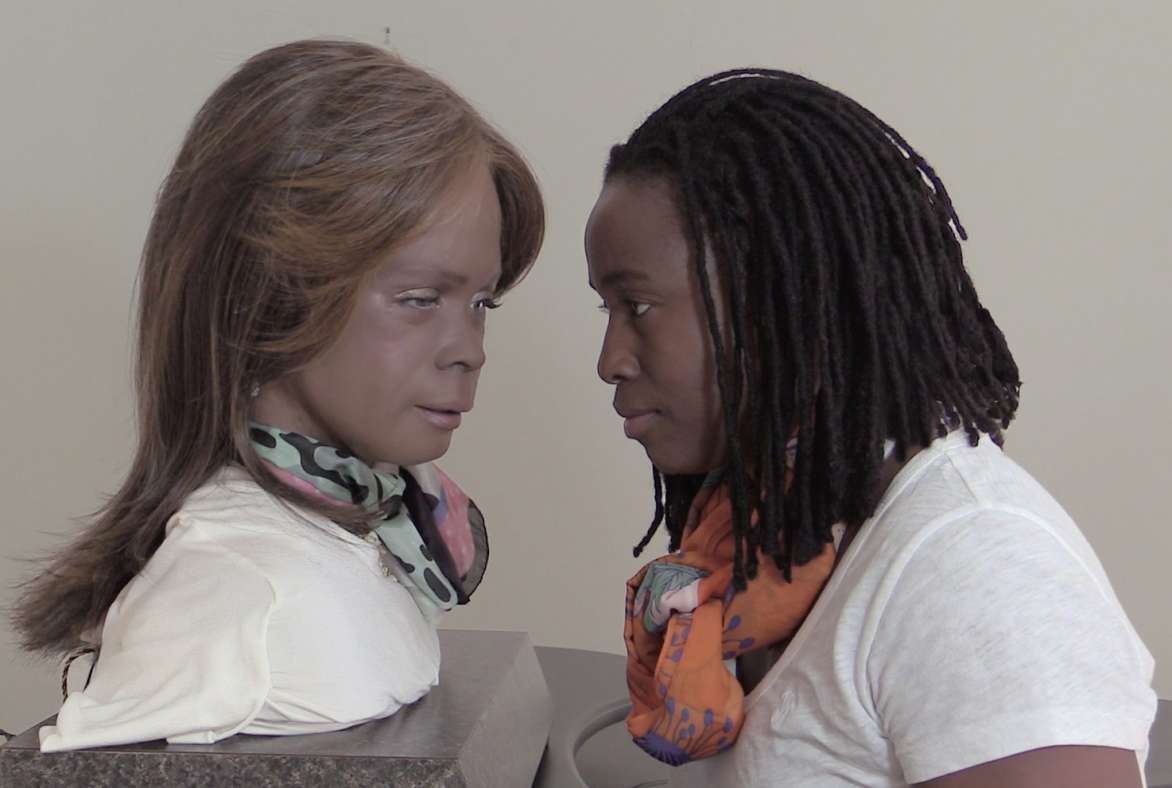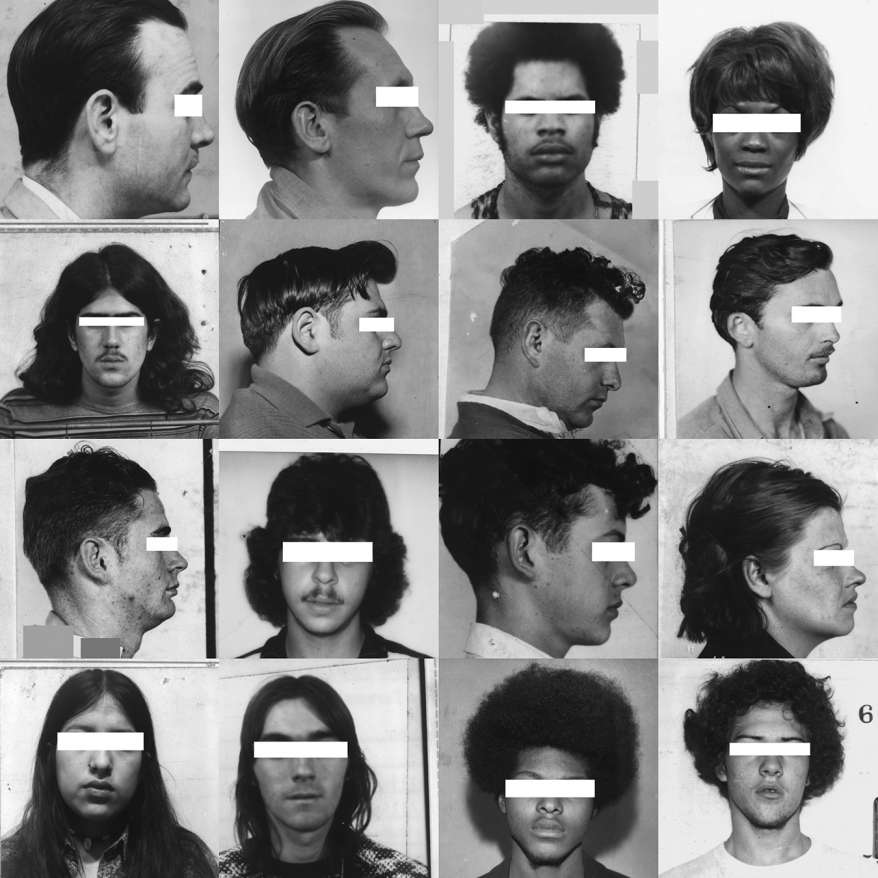Originally coined by Japanese robotics expert Masahiro Mori in 1970, the phrase “uncanny valley” refers to a measurement of discomfort inspired by objects that appear almost human but are somehow not quite convincing. In today’s AI-driven world, increasingly organized and shaped by algorithms that track, collect, and evaluate our data, the question of what it means to be human has shifted. Uncanny Valley is the first major exhibition to unpack this question through a lens of contemporary art and propose new ways of thinking about intelligence, nature, and artifice. Uncanny Valley: Being Human in the Age of AI is a group exhibition curated by Claudia Schmuckli featuring artists’ explorations of biological, ethical, practical, and philosophical questions that stem from the rise of artificial intelligence. Uncanny Valley is the first major exhibition to unpack this question through a lens of contemporary art and propose new ways of thinking about intelligence, nature, and artifice. The exhibition features new and newly commissioned works by a group of 25 international artists whose projects consider issues of representation, agency, intimacy, self-awareness, labor and geo-political power.
Uncanny Valley: Being Human in the Age of AI
“I’ll endorse with my name any of the following: clothing, AC-DC, cigarettes, small tapes, sound equipment, ROCK ‘N ROLL RECORDS, anything, film, and film equipment, Food, Helium, Whips, MONEY!! love and kisses ANDY WARHOL.”
Village Voice Classified, 1966.



